The gray squirrels that were slated for return to their finders instead found the “escape hatch” on their pre-release pen, which I had neglected to latch properly out of habit—it’s to allow squirrels the opportunity to come and go as they please until they “don’t please” to come back anymore. These two are untouchable now and very seldom visiting their pen these days. It’s actually best for the squirrels, though, honestly, as this is the area they now view as their home territory.
Another gray squirrel came in last week; the finder thought he was a fox squirrel because of his reddish tint. The squirrel was old enough to be on his own but was very lethargic and docile. I started him on fluids and meds, but he didn’t make it through the afternoon.
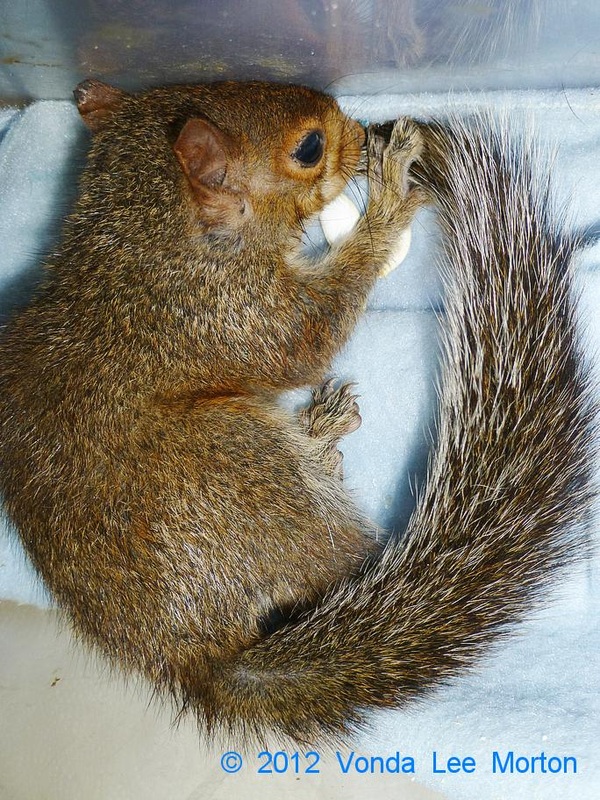
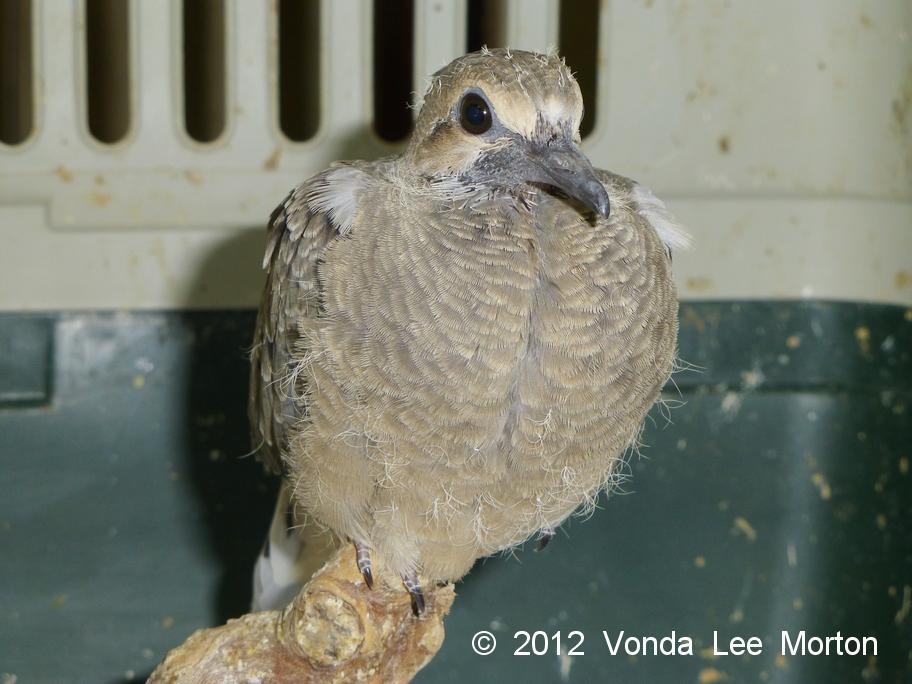
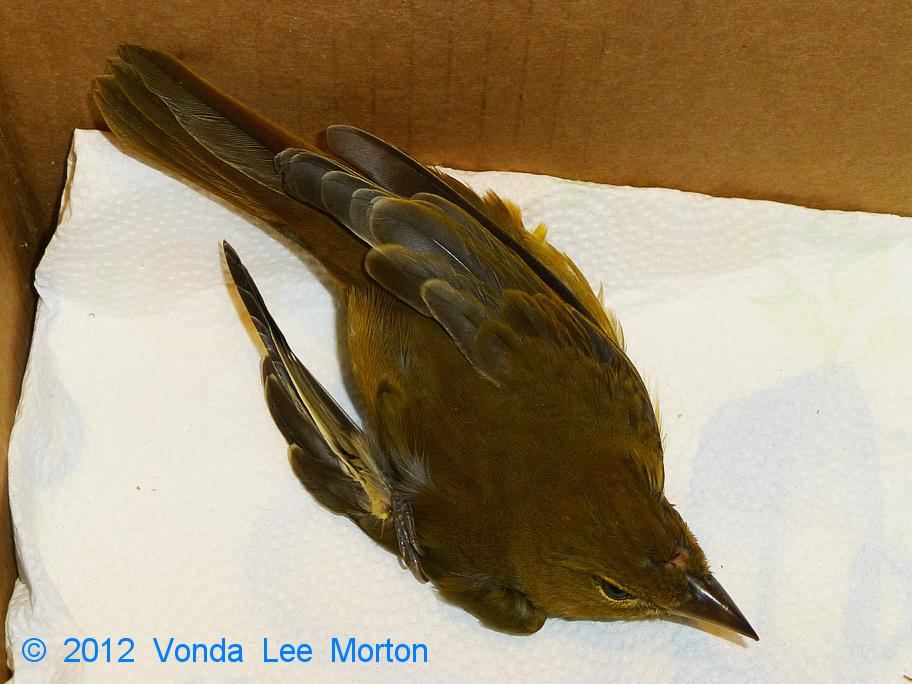
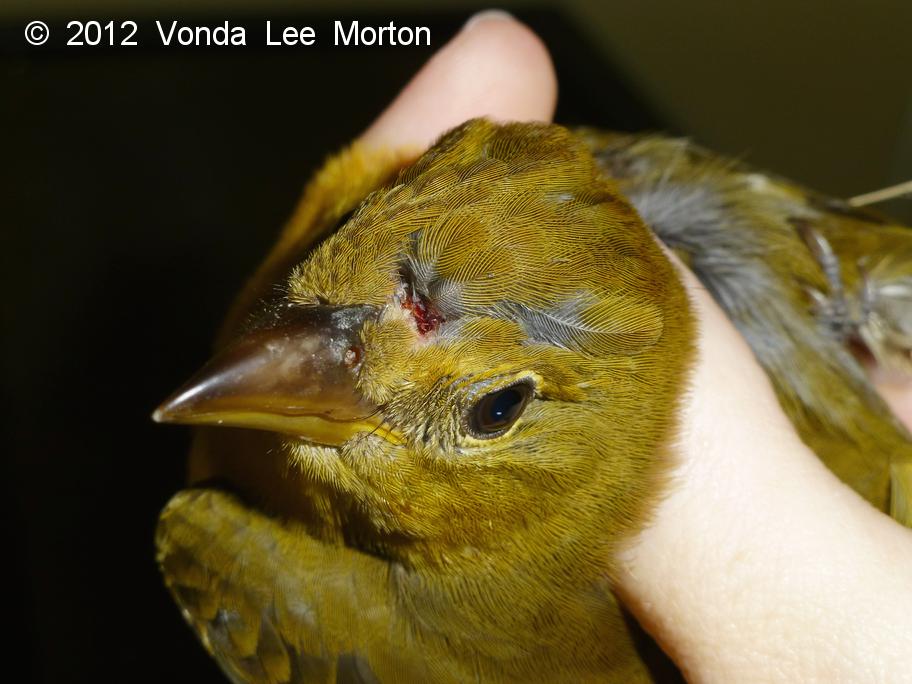
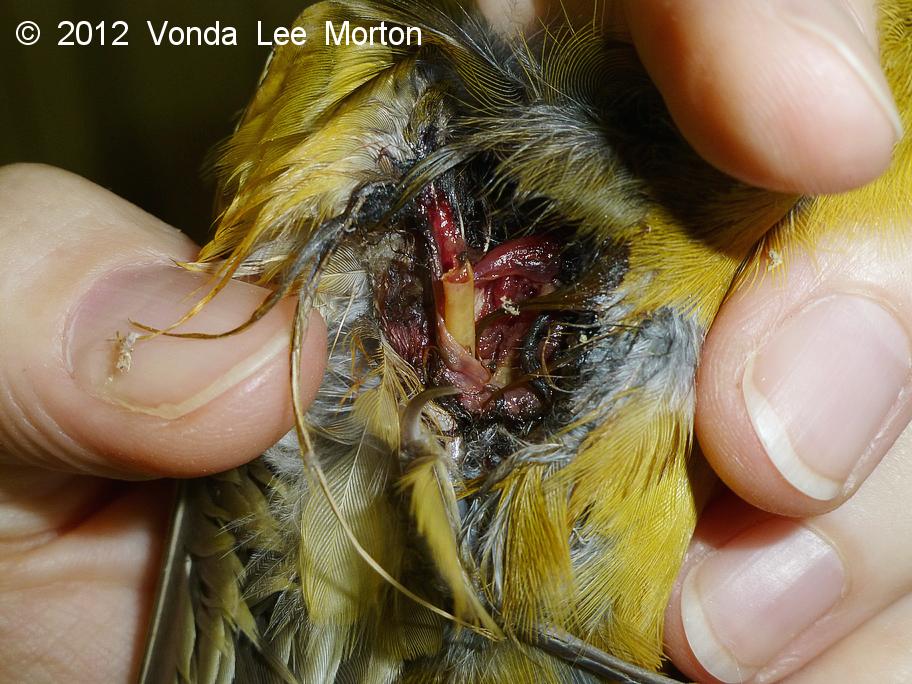
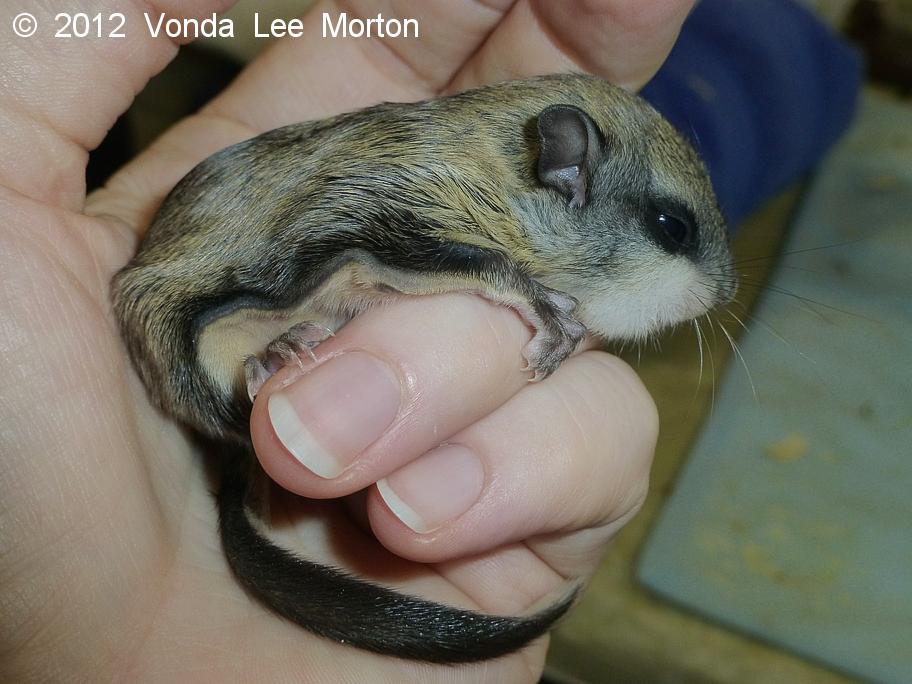
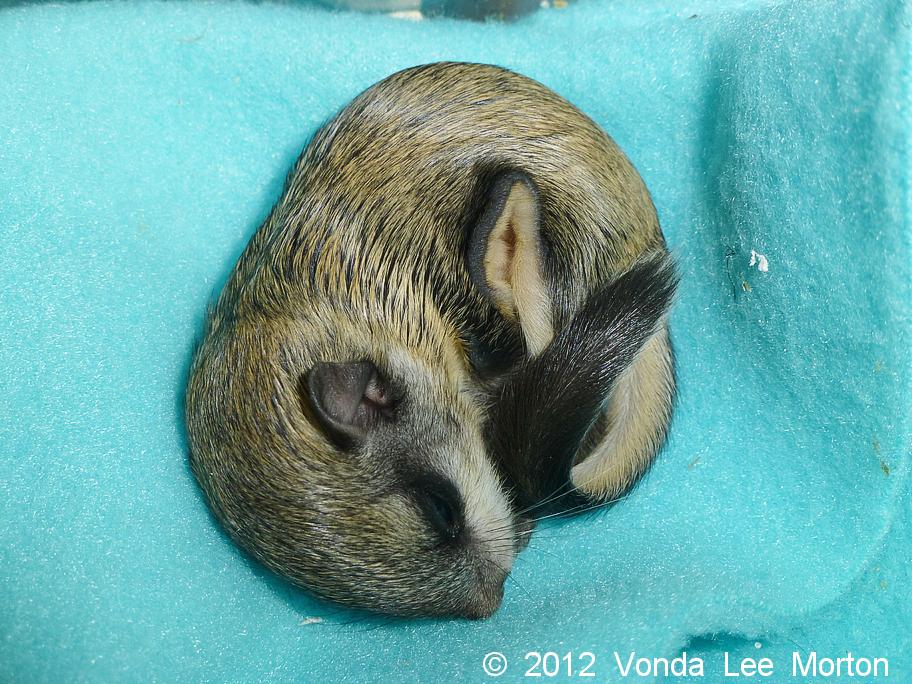
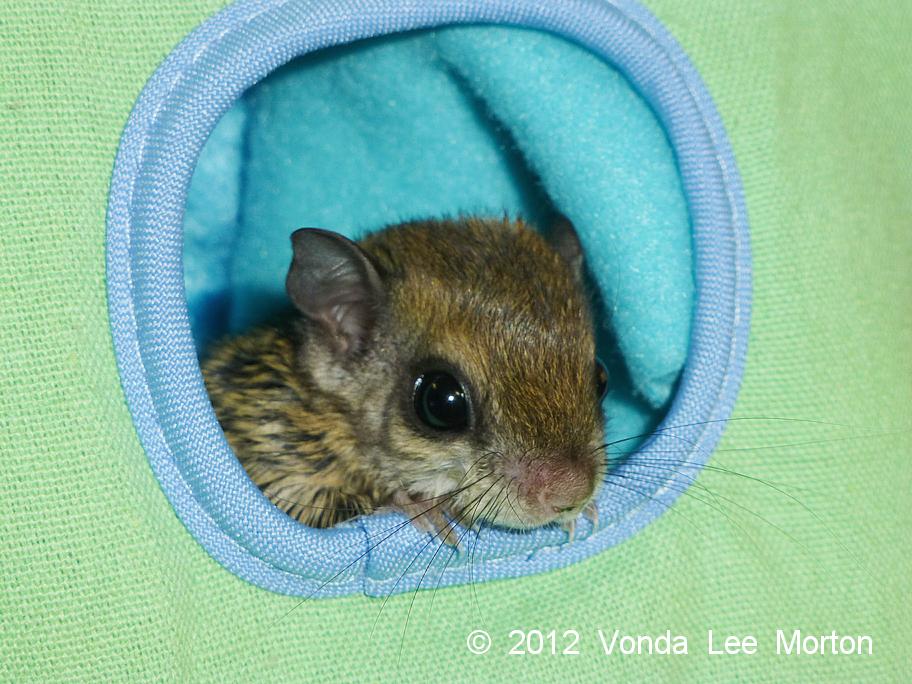
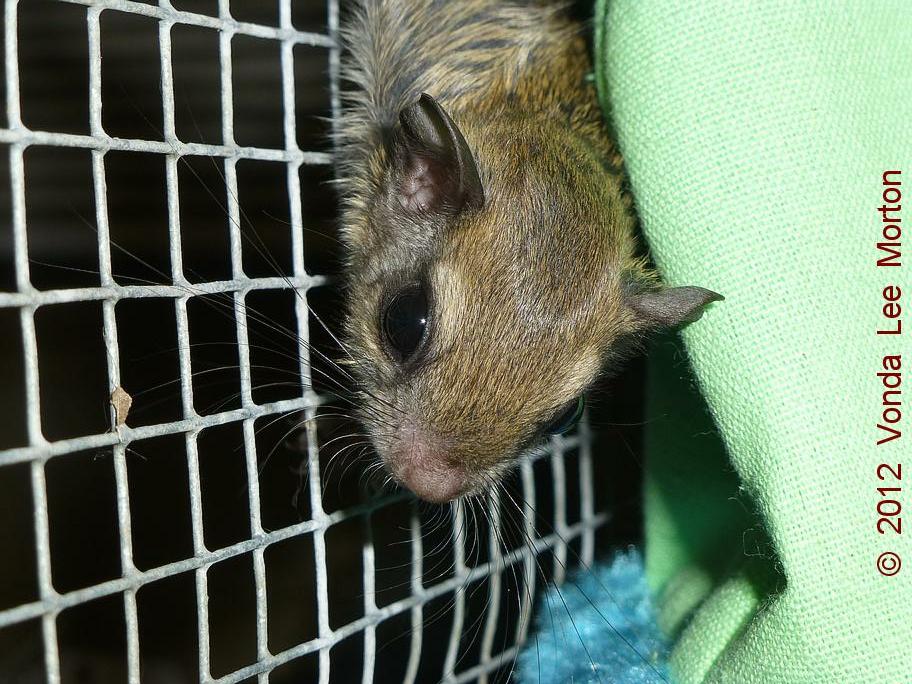
 RSS Feed
RSS Feed
